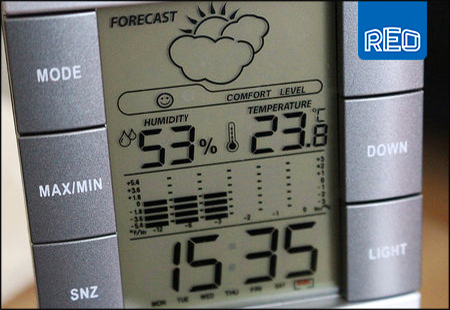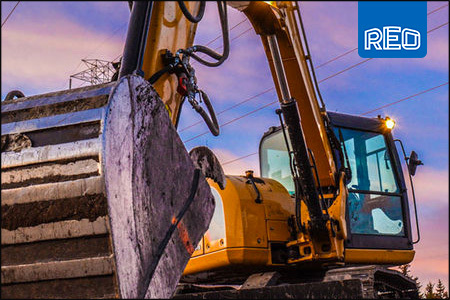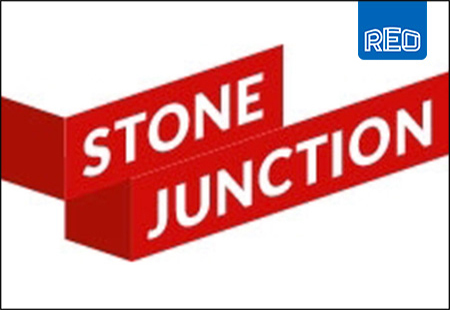Being smart about smart meters
“Who’s left this TV on again?” You can almost hear the cries of dads all around the country as they realise their home smart meter is showing a spike in energy consumption. It’s not just dads either. Energy companies are currently promoting smart meters as a way for consumers to reduce their energy costs. But did you know these can also be used in industry? However, as Steve Hughes, managing director of power quality specialist REO UK explains, they must be used effectively.
Last year, Smart Energy GB released an advert highlighting the problem with estimated bills in the energy market. In the advert, professional actors posed as checkout staff unbeknownst to customers and instead of scanning items, they simply estimated the shopping bill.
Apart from the joy of watching people’s horrified reactions, the advert also provided viewers with a clear message. In the same way that we would not accept estimated bills in any other part of our lives, why do we continue to do so for our energy bills? The same is true in commercial and industrial applications. Here, facilities and plant managers are increasingly turning to smart meters to provide more accurate energy monitoring, using this information to reduce their overall energy usage.
Smart meters can tell you how much reactive power (kVArh) is generated from your energy supply. They display the difference between working power and total power consumed. Reactive power is in effect wasted power, but is often still billable. By using smart meters, customers can see the amount of reactive power that is being wasted but it’s up to the customer to do something about it.
To filter out reactive currents, REO has developed REOWave passive CNW 898, an electrical filter that reduces the reactive power within a system, reducing energy consumption and improving power quality. This is an industrial unit ideal for use in systems that contain variable speed drives, one of the leading causes of reactive currents. It is very robust and can save customers up to 25 per cent of their energy costs, as well as increasing the service life and reliability of electrical systems.
With the rise of the Internet of Things (IoT), there are now more IP sensors in smart factories than ever before, all of which transfer data over power lines. Smart meters themselves also transfer data in the same way. These networks use ripple control technology or Power Line Communication (PLC), which can cause interference in the transmitted data and can cause problems in power quality.
It is necessary to correct this for smart metering, as well as other devices, to be effective. After all, there is no point in using a smart meter to measure power usage if the smart meter itself is causing interference. PLC filters can be used to remove this interference from the network. REO’s CNW 161 filter is a pluggable unit, which can be used in a stand socket and there is also the CNW 163 filter, which can be DIN-Rail mounted and housed in a control cabinet. Signals are filtered in the frequency range from 50kHz to 20MHz, which helps to comply with EC Directive 89/336/EEC.
By making a few key considerations earlier in the design process, facilities managers can use smart meters to gain precise control over energy monitoring and energy use in their systems. As we begin to see more smart factories, your company bosses may not be shouting at you to turn the machines off, but they’d certainly be impressed by the cost savings you can achieve.













